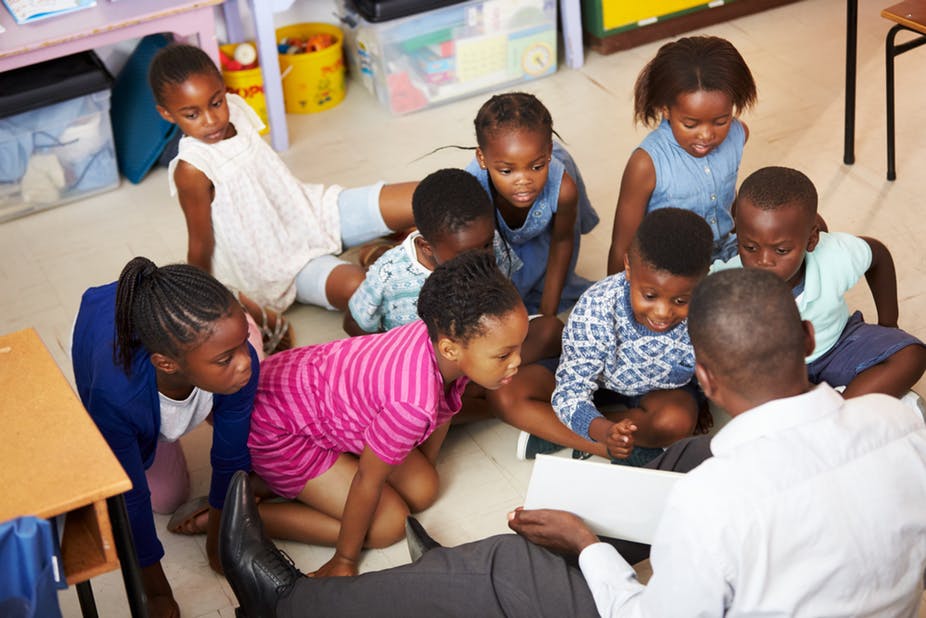
The Middle Years: Time to promote Wellbeing and Learning
The middle years, defined from 8 to 14 years, is a sensitive time of development when environmental effects are strong, and the impact of intervention might be greatest. Puberty dominates this period, bringing a cascade of physical, biological, social and emotional growth. Children look beyond their family groups and achieve great personal development during this phase of life. They form the behaviors and skills that promote lifelong health and wellbeing. But, for a significant number, this stage can destabilize and can negatively affect their long-term health and learning.
The middle years are a time of significant growth. Aside from infancy, the middle years and the biological changes of puberty bring the greatest shifts in brain development. There is marked growth in cognitive and social skills, and a changing engagement with the external world. As children establish closer engagement with peers, they are also constructing a self-identity that is carried forward into later life. The transition from primary to secondary school typically occurs at this time, bringing additional shifts in relationships with educators, curriculum, and the school social and organizational environment.
The middle years are a time when many students experience new and sometimes difficult emotions. The prevalence of anxiety and depression increase, and half of all mental health problems are apparent by age 14. In a typical classroom in mid primary school, approximately 5 students have emotional problems and 5 have behavioral problems. These students will begin secondary school a year behind their peers in numeracy skills. Without strong wellbeing, students are at greater risk of adopting anti school roles and disengaging from learning. Supporting healthy peer relationships is vital.

Wellbeing, school engagement and learning are linked, so we must foster them for optimal development. Students affected by ongoing emotional, behavioral or bullying issues in primary school begin secondary school almost a year behind their peers in numeracy skills.
Remote learning and physical distancing during COVID-19 may have a disproportionate effect on students’ mental health and brain development during this sensitive phase. Virtual communication may be insufficient for some students to meaningfully connect with their peers, and the extra time online exposes students to passive uses of social media.
There is a normal shift in parent-child relationships during the middle years, which should be seen as an opportunity. Stronger parent engagement in learning and parent-child communication aid in personal development, reduce risky behaviors and lead to fewer mental health problems. Parents are also critical for a student’s academic engagement and performance. The current rise in remote learning, and move to a COVID normal, is a chance for parents to become more actively involved with their child’s learning.
Beyond the family home, schools are the most important context for child development in the middle years. Children spend half their waking hours at school, so it is an ideal place to support their healthy growth. This support is important for all students.
